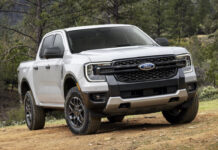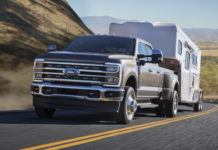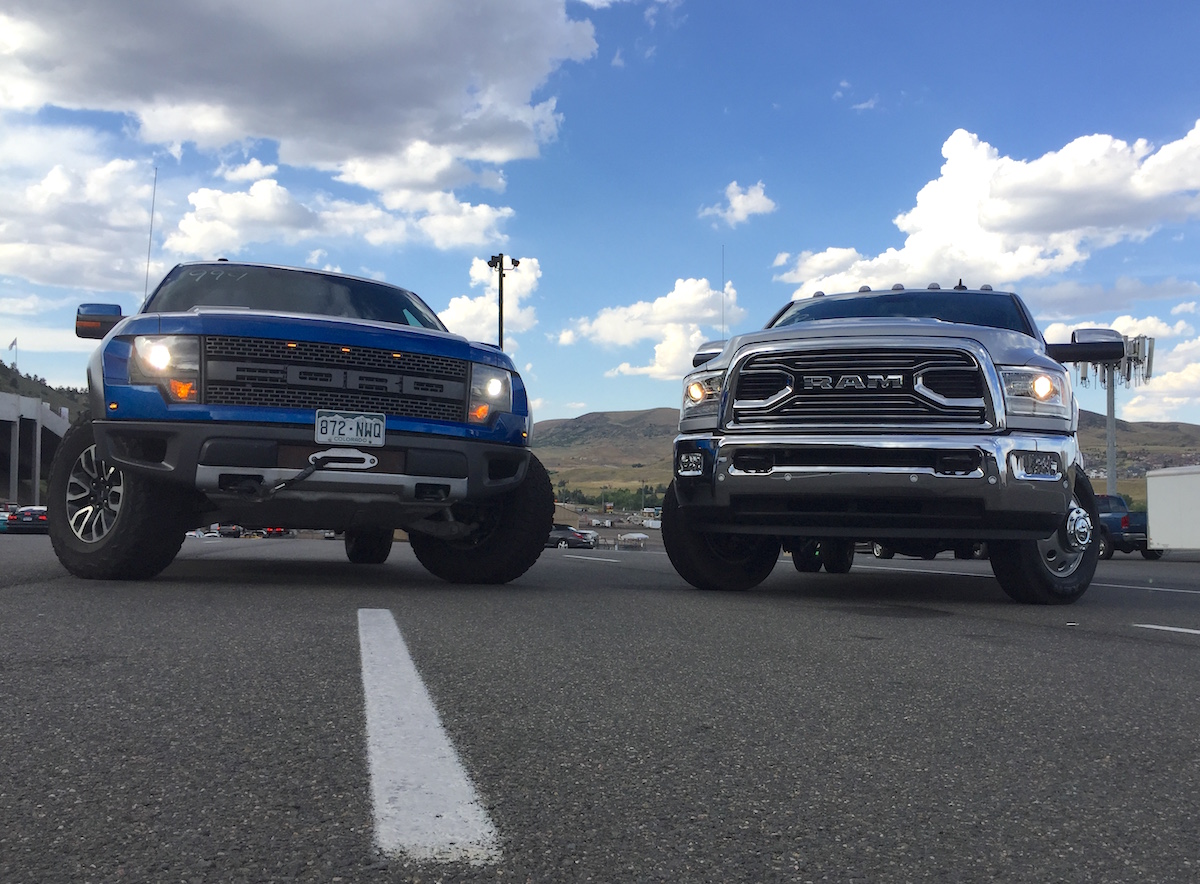
The second generation Ford Raptor is more powerful, lighter, quicker, and more technologically advanced when compared to the original. Is the 2017 Ford Raptor really better off-road than a first-generation SVT Raptor? This question is difficult to answer, and we attempt it by putting both trucks on our Rocky Mountain Cliffhanger 2.0 off-road trail.
This comparison is ideal in terms of tire selection. We recently upgraded our 2014 SVT Raptor with BFGoodrich KO2 TA tires. The 2017 Raptor comes equipped with KO2 tires as well. On the flip side, we are comparing a 2014 crew cab against the 2017 extended cab, so it’s not a true apple-to-apples matchup – if there is ever such a thing in the off-road world.
We are running a very steep Cliffhanger 2.0 trail (around 10,000 feet above sea level) that has a “truth or dare” route choice. The reality of real-world off-road testing is that the trail changes after each vehicle makes a pass. A rock gets flipped or turned, a washed out area gets deeper, etc.
How do the truck perform? Check out the video below.
Ford Raptor Specifications Comparison
| 1st-Gen 2014 SVT Raptor | 2nd-Gen 2017 Raptor | |
|---|---|---|
| Super Crew 6.2L V8 | Super Crew 3.5L V6 | |
| Curb Weight (lbs) | 6,203 | 5,694 |
| Ground Clearance (in) | 11.2 | 11.5 |
| Wheelbase (in) | 145.2 | 146.0 |
| Width (in) | 86.3 | 86.3 |
| Approach Angle (deg) | 29.8 | 30.2 |
| Departure Angle (deg) | 22.85 | 23.0 |
| Breakover Angle (deg) | n/a | 21.8 |
| Shocks | 2.5-in FOX Shox | 3.0-in FOX Shox |
| 4×4 System | Hi/Lo transfer case, rear locker, TORSEN front differential | |
(note: specifications are according to Ford).
Join the off-road fun in the video below.
















![Which is More Reliable: 3.5L EcoBoost or 5.0L V8? [Reader Question] Second-generation 3.5-liter EcoBoost engine](https://tfltruck.com/wp-content/uploads/2016/05/Second-generation-35-liter-EcoBoost-engine.jpg)
![Which Silverado Engine to Get: 5.3L or 6.2L V8? [Ask TFLTruck] 2016 chevy silverado](https://tfltruck.com/wp-content/uploads/2015/10/2016-chevy-silverado-grille.jpg)
